In 1997, Electrolux introduced a prototype of its robotic vacuum, instantly changing the way people around the world have vacuumed for over 100 years. Now, your floors can be cleaned while you sleep, eat, watch television or tackle other chores.
Most robot vacuum cleaners will even run when you’re not home, and some are also capable of wet mopping. That’s convenience you just can’t get from a normal vacuum cleaner.
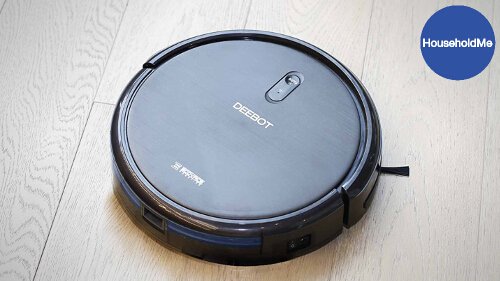
The market is flooded with a slew of vacuum cleaners from robots to uprights, so how do you choose between a robot vacuum and a normal vacuum? Can a robot vacuum actually take the place of a traditional one? Robot vacuums save time and effort, but they can’t clean where a handheld, upright or canister vacuum can. However, robotic vacuum cleaners are a useful maintenance tool to add to your collection of floor-cleaning appliances.
How Robot Vacuums Work
The design of a typical robotic vacuum is deceptively complicated. Inside of these circular, and sometimes D-shaped, vacuums, there is a battery, a motor and a microprocessor. The battery is rechargeable, and it lends power to the motor. In turn, the motor drives the wheels, delivers the suction and spins the side brush, or brushes. If the vacuum has a brushroll, the motor turns that too.
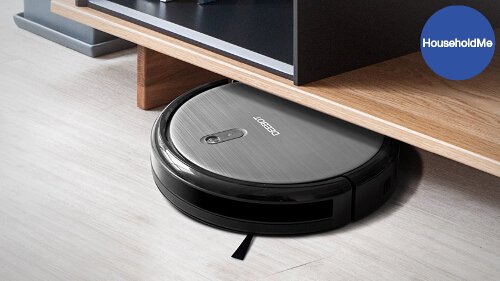
Robo vacuums produce either infrared beams or low-frequency radio waves to send signals to the microprocessor about obstacles and hazards in the room, so they can avoid stairs, furniture, and people. Some robot vacuums map a room and let you track and control the vacuum from a smartphone while others only come with a remote. Bare-bones models may only have on-board controls.
Now that Amazon and Google virtual assistants are becoming popular, a few manufacturers make their robot vacuum compatible with Echos and Homes. The ability to control these robotvacs with voice commands only adds to their convenience factor.
Where Robot Vacuums Work Best?
You can’t send a robotic vacuum into a toy-strewn playroom or a cluttered living room and expect to see spotless floors in an hour or two – these appliances work effectively in clutter-free areas.
Wires and thread tend to wrap around the vacuum’s wheels, eventually causing a malfunction. Paper scraps and large debris can easily clog its suction inlet while sheets and curtains may cause the robot vacuum to get stuck in place.
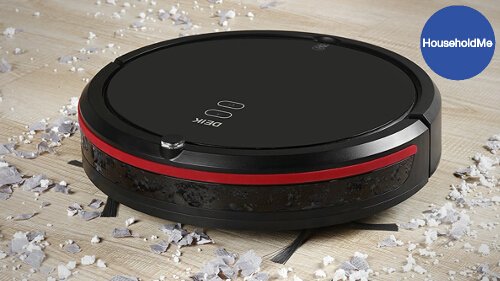
Rooms with low-pile carpet and hard floors like wood, tile, and linoleum are where robot vacuums really shine. These surfaces allow the vacuum to move easily and suction debris efficiently.
In comparison to upright vacuum cleaners, robot vacuum cleaners are better at vacuuming under furniture due to their short height. However, some stick vacuums and canister vacuums are equipped with an extremely low-profile head, giving them an edge over robot vacuums in terms of reaching those dust bunnies underneath the bed.
Where Robot Vacuums Lack in Performance
Yes, a robot vacuum can clean any kind of floor that a canister, stick or upright can clean. However, these robotic appliances aren’t the best choice to use on plush carpet.
Since the wheels on a robot vacuum are smaller than those on a normal vacuum cleaner, it’s common for them to get hung up on the long fibers.
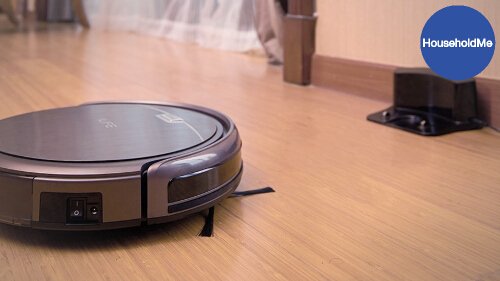
Thick carpet also makes the robot work harder. This means the vacuum’s suction becomes strained and the battery’s charge level depletes faster. As a result, the vacuum has to sit on its charging dock more often.
Generally, it takes longer for a robot vacuum to clean plush carpet than the same square footage of low or medium-pile carpet.
People Who Benefit the Most From Robot Vacuums
These robots can enhance anyone’s life. However, some people benefit from using them more than others. Robo vacs were made for people whose lives keep them busy or away from home a lot. If you work 60-hour weeks or always seem to be running errands, a robotic vacuum will save you valuable time.
People who have large families or own pets get a lot of use out of robot vacs. If your animals shed frequently or leave kibbles on the floor, you’ll spend less time cleaning up after them.
Likewise, if your children constantly spread dirt and crumbs across the floor, the robot will take care of the dirt and debris for you, so you can attend to other matters like getting dinner in the oven.
Anyone who has mobility issues will appreciate how a robotic vacuum cleaner relieves the burden and pain that may come along with pushing a heavy upright across the carpet or stooping over to vacuum under the sofa. If your physical strength just wasn’t what it used to be, you can take it easy while the robot does all the work.
The Automation of a Robot Vacuum
The entire premise of a robotic vacuum is to clean floors without human intervention, and that’s exactly what this type of vacuum cleaner does. At a minimum, every robot vacuum has an auto mode that cleans floors without the user pressing buttons to make turns.
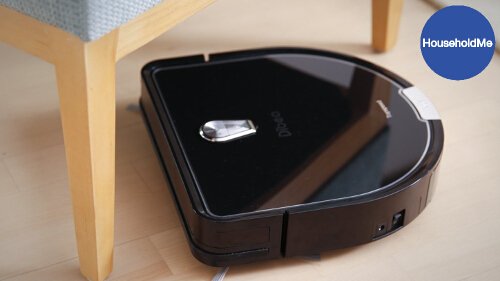
Many allow people to set a schedule to start a session at the same time each day. Some robots also offer other cleaning modes such as a spot mode that picks up small messes and edge mode that knocks out dirt in corners and on baseboards.
Virtually every robot vacuum on the market is able to auto-dock, which means they position themselves on the charging dock when the battery is low. A few high-end models also resume vacuuming after they charge, returning the last place they cleaned before automatically docking.
Limitations of Robot Vacuum Cleaners
While you do need to pick up large items no matter what kind of vacuum you have, robot vacuums require more room prep. This means you must protect fragile items like floor vases, and you have to remove power cords and wires.
If you don’t want the vacuum to enter a certain area, you have to block the room by closing the door or setting up boundary strips or virtual walls.
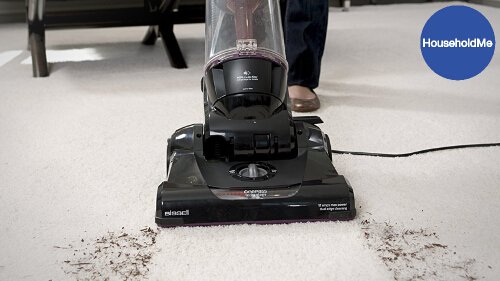
Due to the size of the wheels and motor, it’s not uncommon for robot vacuum cleaners to get stuck on tall thresholds or rug tassels. They also tend to have problems operating on extremely dark floors because the sensors view them as drop-offs, prompting them to change direction.
Since the dirt bin won’t empty itself, it’s up to you to dump its contents. However, this is par for the course with any vacuum cleaner.
Keep in mind that robotic vacuums are smaller than uprights and canisters, so their bins can’t hold as many debris, which equates to more trips to the trash can.
When It’s Better to Use a Normal Vacuum
There are some tasks that call for a regular vacuum cleaner. While robotic vacuums are the busy person’s solution to daily floor maintenance, you need an upright, canister or even a dedicated carpet cleaner to deep clean your carpets every week or month.
Of course, robot vacuums can’t climb stairs; therefore, you must use a full-size or handheld vacuum to clean your staircase’s treads and risers.
When it comes to detailed cleaning, robot vacuums are a no-go. You need a normal vacuum with attachments or a handheld to remove dirt and dust from shelves and door frames or hair from furniture and car upholstery. The only vacuum that can reach cobwebs in ceiling corners is one with an extension wand, which puts robotic vacs out of the running for this chore.

Regular Vacuums Are Easier to Maintain
Maintenance is an unavoidable part of vacuum cleaner ownership regardless of what kind of vacuum you own. However, normal vacuums require less maintenance than robo vacs. Both vacuums need their filters changed or cleaned regularly, and you must empty their dirt containers when full. Plus, brushrolls have to be detangled on occasion.
However, robot vacuums also have a pesky tendency to get hair wrapped around the wheels. Their sensors won’t detect drop-offs and objects if they are coated in dust, so you must clean them regularly, and their side brushes wear out after several months.
One point in robot vacuums’ favor is that their suction paths are shorter, meaning it’s easier to remove clogs from robot vacuum cleaners than normal vacuums. Some robots also produce error codes that help you pinpoint an issue quickly, saving you time while troubleshooting.
Downsides of Normal Vacuums
Regular vacuums aren’t perfect appliances. Most people find that they need more than one kind of vacuum to complete all of their household chores. For instance, a canister or an upright vacuum is well-adept at cleaning floors, but they can’t reach everywhere that handhelds can.
A normal vacuum also takes more time out of your day if you use it instead of robot vacuum, and they require more physical exertion. Accessories that come with normal vacs are sometimes cumbersome to attach, and they are easy to misplace.
If you go the cordless route, it’s up to you to make sure the battery is charged. On the other hand, the power cord on a traditional vacuum cleaner can get in the way no matter how careful you are. Plus, power cords are tripping hazards, and they’re aggravating to manually wind.
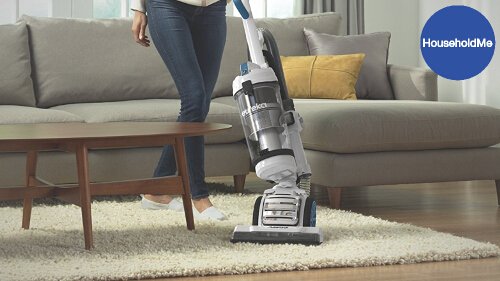
Can a Robot Vacuum Replace a Normal Vacuum?
The short answer to this question is no (not yet). Robot vacuums don’t have all the capabilities of normal vacuums. However, robot vacuum cleaners can vacuum as long as the battery has a charge, keeping your floor cleaner on a day-to-day basis.
This reduces wear and tear on your regular vacuum. When you own a robot vacuum and a normal vacuum, life is a little easier.
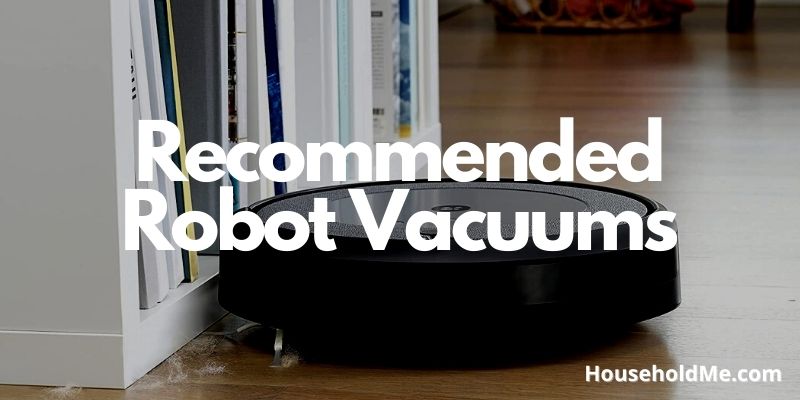
If you have any questions or comments, please add them below in the comment section. Similarly, please let us know if you spot any mistakes or omissions. Thanks!
